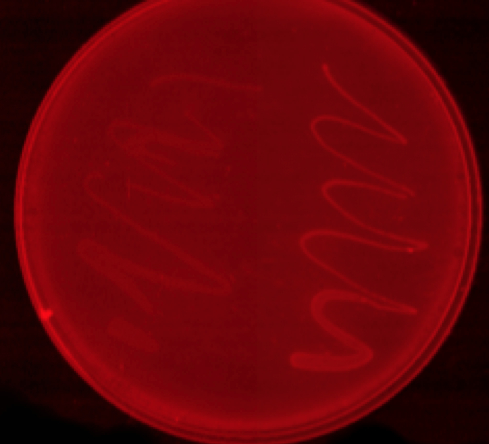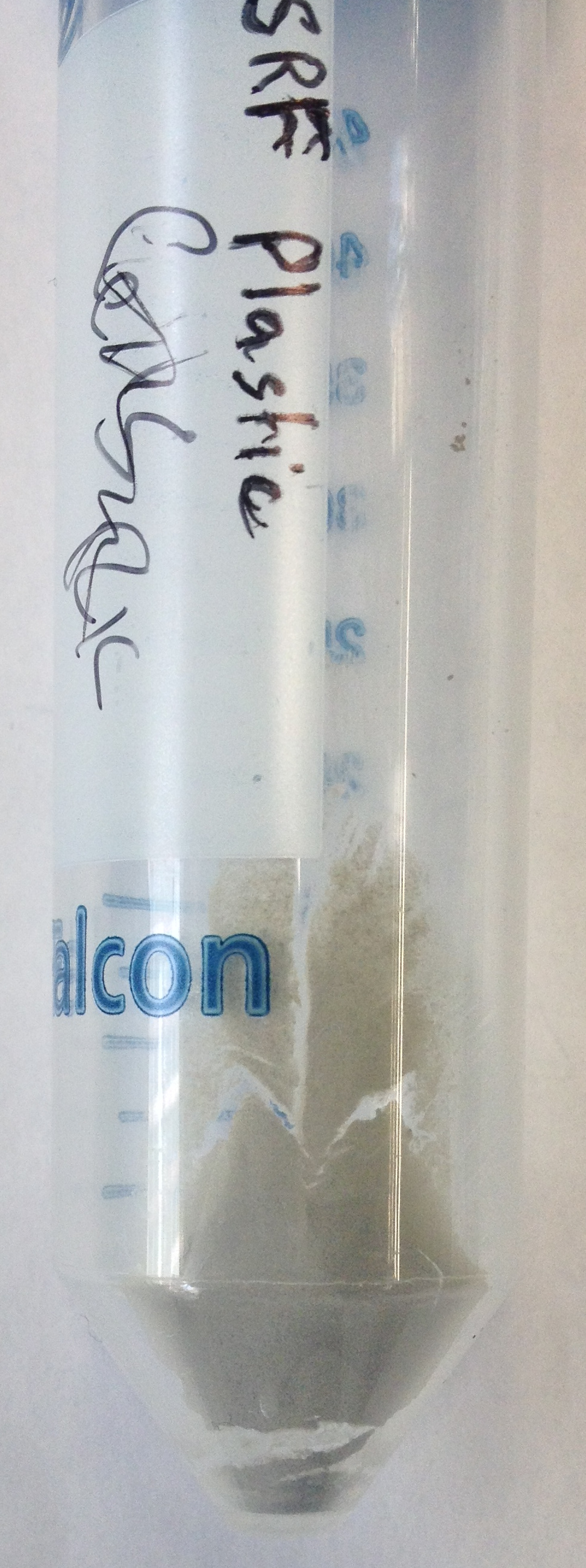Team:Imperial College/PHB production
From 2013.igem.org
(Difference between revisions)
| Line 12: | Line 12: | ||
|} | |} | ||
| - | <b>Conclusion: The red staining indicates the production of P(3HB). More importantly our new Biobricks [http://parts.igem.org/wiki/index.php?title=Part:BBa_K1149051 hybrid promoter phaCAB] and [http://parts.igem.org/wiki/index.php?title=Part:BBa_K1149052 constitutive phaCAB] produce more P(3HB) than the native phaCAB operon </b> | + | <b>Conclusion: The red staining indicates the production of P(3HB). More importantly our new Biobricks [http://parts.igem.org/wiki/index.php?title=Part:BBa_K1149051 hybrid promoter phaCAB BBa_K1149051] and [http://parts.igem.org/wiki/index.php?title=Part:BBa_K1149052 constitutive phaCAB BBa_K1149052] produce more P(3HB) than the native phaCAB operon </b> |
Revision as of 17:30, 29 September 2013
PHB production
During our project we successfully synthesised the bioplastic P(3HB).
Nile red staining
O/N cutures of MG1655 transformed with either control or phaCAB plasmid were spread onto LB-agar plates with 3% glucose and Nile red staining.
Conclusion: The red staining indicates the production of P(3HB). More importantly our new Biobricks [http://parts.igem.org/wiki/index.php?title=Part:BBa_K1149051 hybrid promoter phaCAB BBa_K1149051] and [http://parts.igem.org/wiki/index.php?title=Part:BBa_K1149052 constitutive phaCAB BBa_K1149052] produce more P(3HB) than the native phaCAB operon
Purification of P3HB
 "
"







